Ever heard that exercise during early pregnancy is dangerous? That couldn’t be further from the truth. In fact, staying active during your first trimester can ease early symptoms, improve energy levels, and even support your baby’s development. But how do you do it safely?
In just 10 minutes a day, you can boost your mood, support your growing body, and prepare for a healthier pregnancy journey—without overexertion or risk. Let’s break the myths and guide you through a simple, doctor-approved 10-minute workout that fits right into your routine.
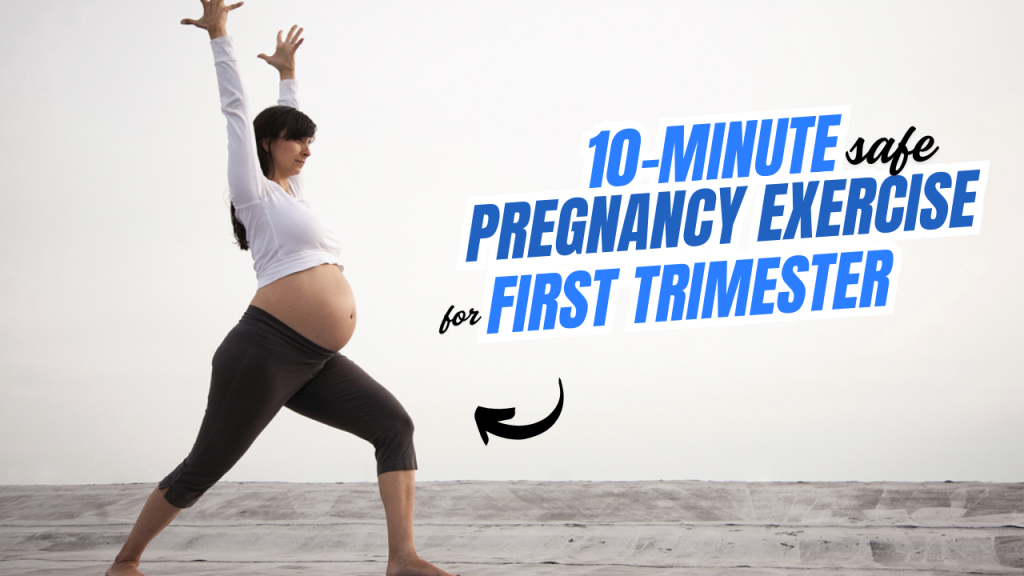
Table of Contents
Do & Don’t of First Trimester Pregnancy Exercise
| Do | Don’t |
|---|---|
| Consult your doctor before starting any exercise routine | Don’t begin a new intense workout without medical approval |
| Choose low-impact exercises (e.g., walking, yoga, stretching) | Don’t perform high-impact or contact sports |
| Stay hydrated before, during, and after exercise | Don’t ignore signs of dehydration like dizziness or dry mouth |
| Wear comfortable, breathable, and supportive clothing | Don’t wear tight or restrictive outfits |
| Warm up and cool down in every session | Don’t skip warm-ups—they help prevent injuries |
| Listen to your body and rest when needed | Don’t push through pain, fatigue, or shortness of breath |
| Focus on posture and balance exercises | Don’t do exercises that require lying flat on your back |
| Breathe steadily and deeply during movements | Don’t hold your breath during any exercise |
| Use props for balance and support (like a chair or wall) | Don’t attempt exercises that risk falling or imbalance |
| Modify intensity as your pregnancy progresses | Don’t follow a “no pain, no gain” mindset during pregnancy |
Things NOT to Do During Pregnancy
| What to Avoid | Why It Matters |
|---|---|
| Smoking or vaping | Increases risk of miscarriage, low birth weight, and birth defects |
| Alcohol consumption | Can lead to Fetal Alcohol Spectrum Disorders (FASDs) and developmental issues |
| High caffeine intake (over 200mg/day) | Associated with increased risk of miscarriage and low birth weight |
| Undercooked or raw foods | Risk of infections like listeria or toxoplasmosis that harm both mom and baby |
| Hot tubs, saunas, or overheating | Elevated core temperatures can harm fetal development |
| Heavy lifting or straining | Can cause injury, premature labor, or increased abdominal pressure |
| High-stress environments | Chronic stress may negatively affect fetal brain development and birth outcomes |
| Self-medicating or taking unknown supplements | Some ingredients can be harmful to the baby—always consult a doctor first |
| Certain beauty treatments (e.g., hair dyes with ammonia, chemical peels) | Chemicals may absorb through the skin or affect breathing |
| Sleeping on your back (after first trimester) | Can compress a major vein, reducing blood flow to baby and causing dizziness |
| Cleaning with harsh chemicals (e.g., bleach, ammonia) | Fumes can be toxic—use safer, pregnancy-friendly alternatives |
| Skipping meals or restrictive dieting | Leads to nutrient deficiencies for both mom and baby |
| High-impact sports or adventure activities | Increased risk of injury or trauma to the abdomen |
Why Exercise in the First Trimester Matters
Do you know?
The first trimester is when most women feel the most fatigued—and yet, gentle movement can actually increase energy by improving blood flow and reducing pregnancy-related stress.
Benefits of safe first-trimester exercises include:
- Reduced nausea and bloating
- Better sleep quality
- Enhanced mood due to endorphins
- Improved muscle tone for labor prep
- Lower risk of gestational diabetes
Myth Buster: “You should rest all day during early pregnancy.”
Reality: While rest is crucial, light activity can actually reduce fatigue and help balance hormonal fluctuations.
10-Minute Safe Pregnancy Exercise Routine (First Trimester)
Note: Always consult your healthcare provider before starting any fitness routine during pregnancy.
Total Duration: 10 Minutes
What You Need: Yoga mat, water bottle, comfortable clothing
1. Deep Breathing + Neck Rolls (1 minute)

Start seated or standing.
- Inhale deeply through your nose, hold for 2 seconds, and exhale slowly through your mouth.
- Gently roll your neck in circles to release tension.
This calms the nervous system, promotes oxygen flow, and prepares the body for movement.
2. Shoulder Circles & Arm Stretches (1 minute)

Stand tall and roll your shoulders forward and backward in smooth circles.
- Stretch each arm across your chest gently, holding for 15 seconds.
Keeps the upper body flexible—especially important as posture begins to shift in pregnancy.
3. Cat-Cow Pose (1 minute)

On hands and knees, alternate between arching your back (Cat) and dipping your belly (Cow).
- Breathe in Cow, breathe out Cat.
Supports spinal flexibility and relieves back tension.
4. Pelvic Tilts (1 minute)
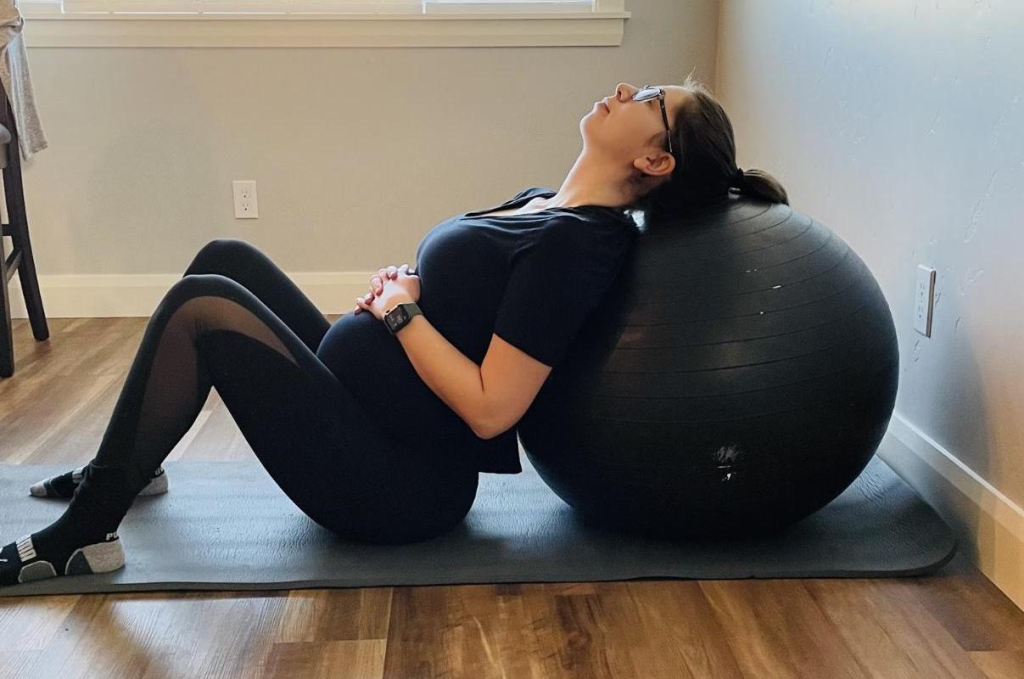
Lie on your back with knees bent (or do on your hands and knees if preferred).
- Tilt pelvis upward, squeezing core gently. Hold for 2–3 seconds, then release.
Strengthens pelvic floor muscles and supports core engagement without pressure.
5. Wall Push-Ups (1 minute)
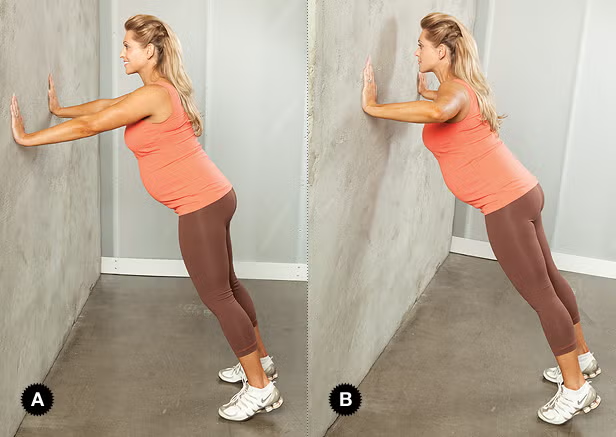
Stand at arm’s length from a wall.
- Place hands shoulder-width apart and perform slow push-ups.
- Keep your body aligned—no strain on the belly.
A safe way to maintain upper body strength without floor-based workouts.
6. Standing Leg Lifts (2 minutes: 1 min each leg)

Hold onto a wall or chair for balance.
- Slowly lift one leg to the side (10–15 reps each).
- Engage core lightly and maintain slow, steady movement.
Great for improving hip stability and preventing pelvic discomfort.
7. Modified Squats (1 minute)
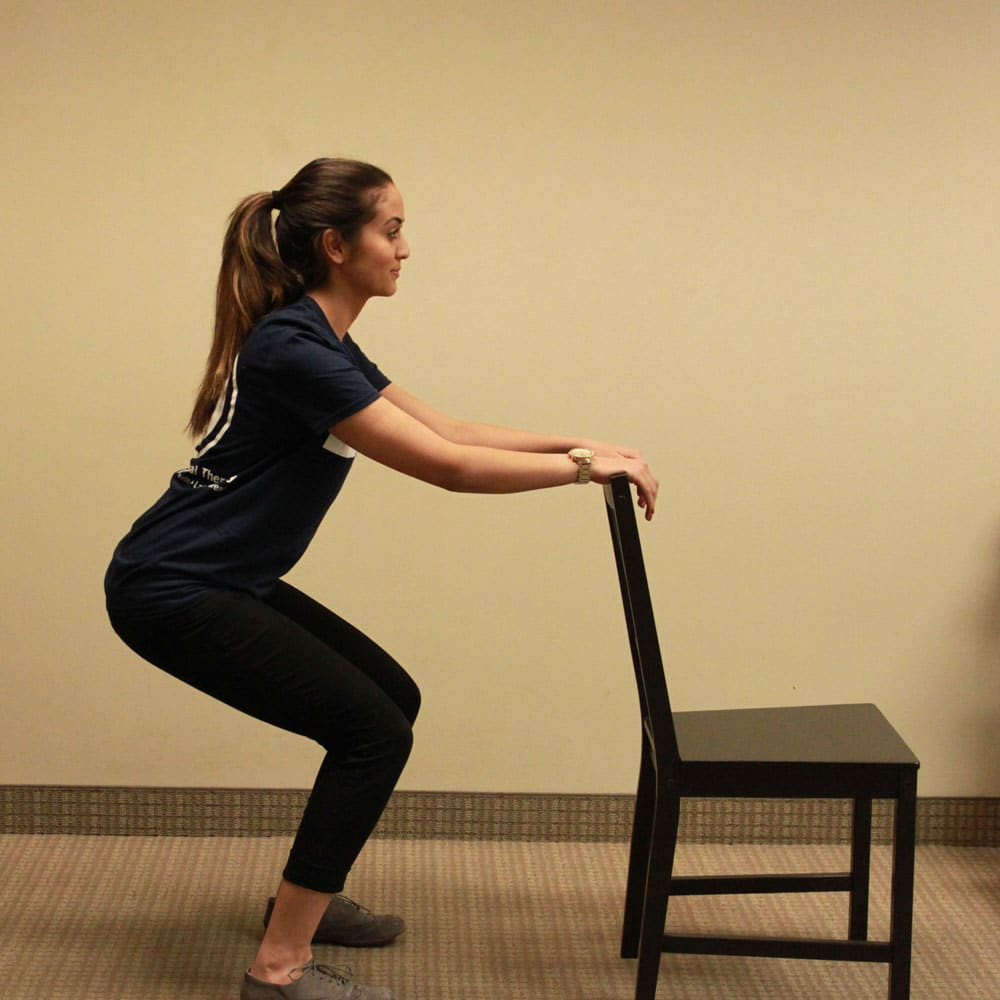
Stand with feet shoulder-width apart.
- Perform gentle squats (go as low as comfortable), keeping knees behind toes.
- Use a wall for support if needed.
Helps strengthen legs and glutes, which carry more weight as pregnancy progresses.
8. Seated Butterfly Stretch + Cool Down (2 minutes)
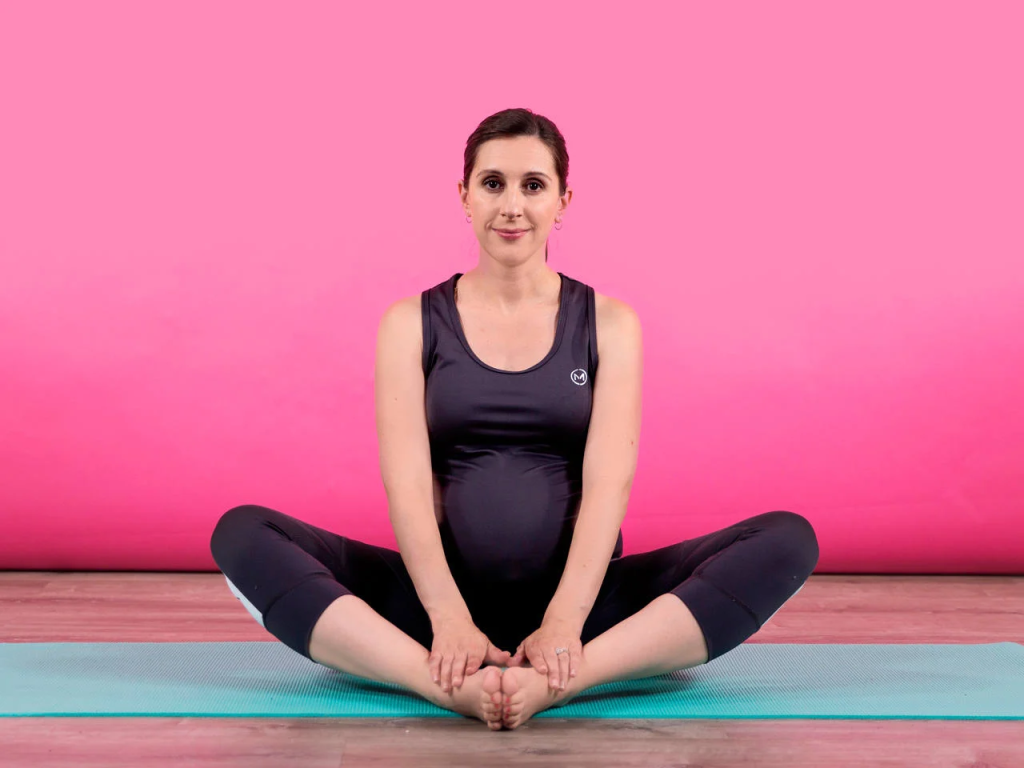
Sit with soles of feet together and knees bent outward.
- Gently lean forward for a hip-opening stretch.
- Finish with slow breaths, closing your eyes for a moment of mindfulness.
Interesting Fact: Your Baby Moves Too
At just 6 weeks, your baby starts to make spontaneous movements—even before you feel them. Staying active can help you emotionally connect to those tiny flutters that are coming soon.
Safety Tips for Exercising During Pregnancy
- Stay hydrated before, during, and after
- Wear breathable, supportive clothing
- Listen to your body—rest is just as important as movement
- Warm-up and cool down every time
- Never push through pain or unusual discomfort
Final Thoughts
Pregnancy is a journey—not a pause button for your body. This 10-minute routine isn’t just about physical fitness; it’s a way to tune into your body, ease early pregnancy symptoms, and mentally prepare for the months ahead.
Remember: Every mom and every pregnancy is different. The key is to move gently, consistently, and with love for your changing body.
You’re not just working out—you’re nurturing two lives at once.
Frequently Asked Questions (FAQs)
Is it safe to exercise during the first trimester?
Yes, absolutely! As long as your pregnancy is healthy and you have your doctor’s approval, light to moderate exercise is not only safe but beneficial. It can help reduce fatigue, improve mood, and support healthy weight gain.
What kind of exercises should I avoid in early pregnancy?
Avoid high-impact workouts, contact sports, exercises that require lying flat on your back for extended periods, and anything that causes overheating or dizziness. Always prioritize comfort and safety.
Can I do abdominal exercises in the first trimester?
Yes, but they should be gentle and modified. Avoid crunches or exercises that increase intra-abdominal pressure. Instead, focus on core-friendly moves like pelvic tilts and Cat-Cow pose.
How often can I do the 10-minute workout?
You can do it daily or 3–5 times a week, depending on how your body feels. Consistency is more important than intensity in early pregnancy.
What if I feel tired or nauseous—should I still exercise?
If you’re feeling unwell, it’s okay to rest. But sometimes gentle movement can actually help relieve fatigue and nausea. Try starting with 2–5 minutes and listen to your body.
Do I need any special equipment for the 10-minute routine?
Not at all. Just a yoga mat, a supportive surface, and comfortable clothing are enough. Optional: a sturdy chair or wall for balance.
Can I do yoga in my first trimester?
Yes, prenatal yoga is an excellent option. Just make sure to avoid deep twists, intense backbends, or lying on your back too long. Choose classes specifically designed for pregnancy.
Will exercise affect my baby’s development?
No, safe and moderate exercise during the first trimester has no negative effect on fetal development. In fact, it can enhance blood circulation and oxygen delivery, supporting a healthy pregnancy.






Awesome